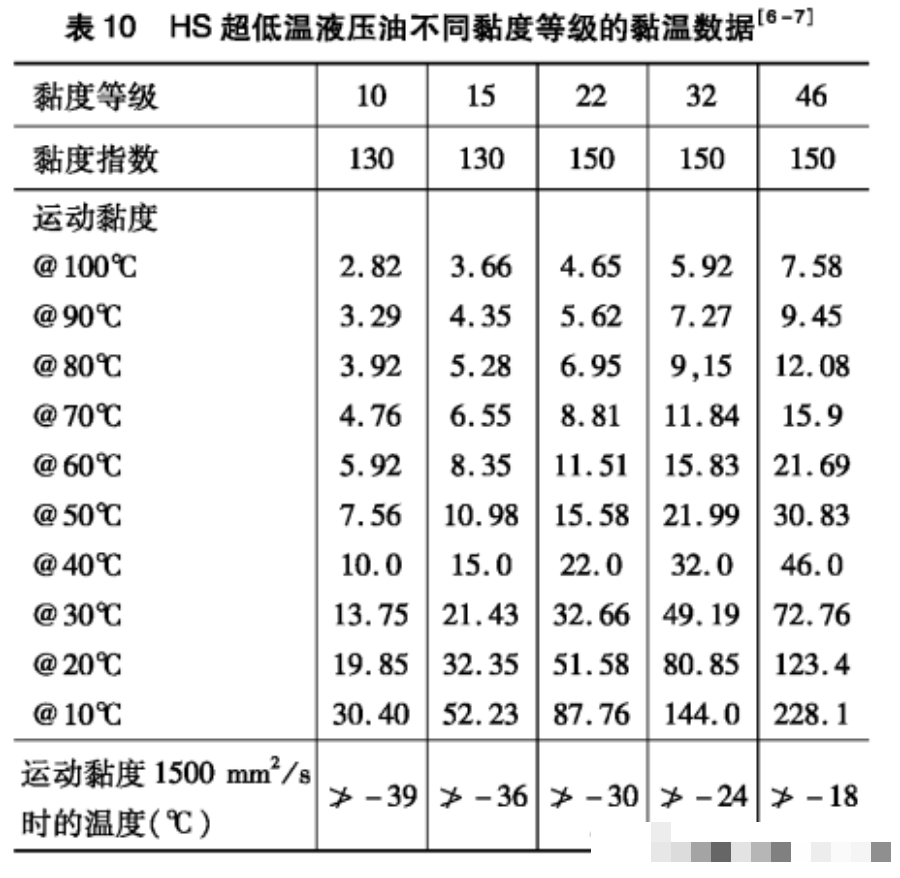
Privacy statement: Your privacy is very important to Us. Our company promises not to disclose your personal information to any external company with out your explicit permission.
![]() September 30, 2022
September 30, 2022
When construction machinery performs field operations in cold winter, due to the low outdoor temperature and large temperature difference between day and night, the kinematic viscosity of conventional anti-wear hydraulic oil becomes very large at low temperature, which will cause the hydraulic pump to fail to start.

According to GB 11118.1-2011 HS viscosity grade, kinematic viscosity, viscosity index limit, combined with the Newtonian fluid characteristics of hydrocarbon liquids, it can be calculated that HS10, HS15, HS22, HS32 and HS46 at 100T, 90 degrees, 80 degrees, 70 degrees, 60 degrees , 50 degrees, 40 degrees, 30 degrees, 20 degrees, 10 degrees kinematic viscosity data, see table as below.

The above is the Selection principle of ultra-low temperature hydraulic oil viscosity we have listed for you. You can submit the following form to obtain more industry information we provide for you.
You can visit our website or contact us, and we will provide the latest consultation and solutions
Send Inquiry
Most Popular
lastest New
Send Inquiry
Send Inquiry

Mr. James
Tel:0086-371-58651986
Fax:
Mobile Phone:+8613783582233
Email:sales@cn-lubricantadditive.com
Address:No.11 Changchun Road, High-Tech Zone, Zhengzhou, Henan

Privacy statement: Your privacy is very important to Us. Our company promises not to disclose your personal information to any external company with out your explicit permission.

Fill in more information so that we can get in touch with you faster
Privacy statement: Your privacy is very important to Us. Our company promises not to disclose your personal information to any external company with out your explicit permission.